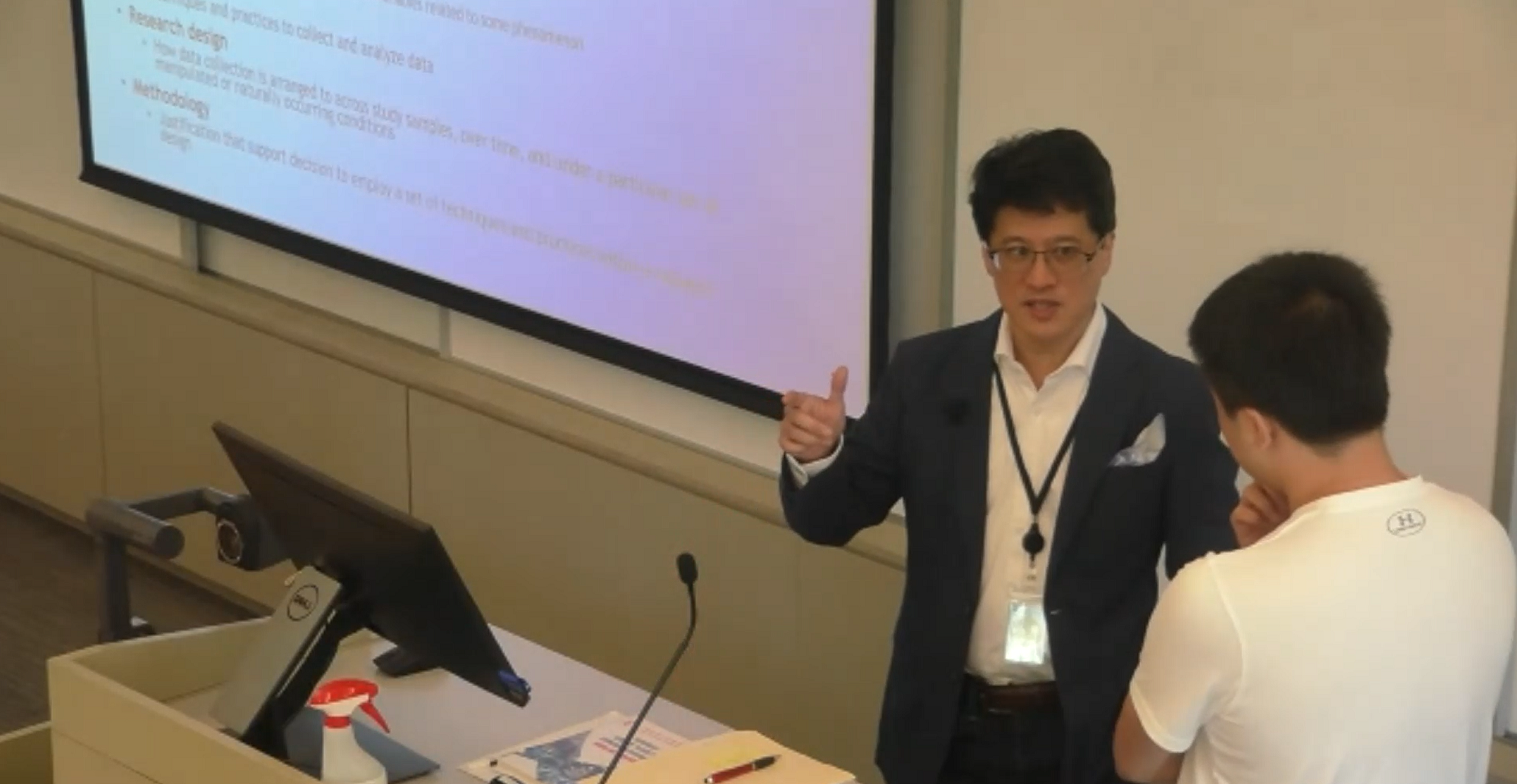I had a lunch meeting the other day, and my contact and I talked briefly about one method that a number of management consulting firms use. I used this method now, and I used it at PRTM and prior companies. I suspect the method may be more typical in execution-oriented management consulting firms as compared to pure strategy firms. The technique never had a formal name, but I call it "The Spring Cleaning Method". It goes with the time of year, and it captures the spirit of the idea. Note that method should not be confused with the Al Dunlap ("Chainsaw Al") version of "cleaning house" though!
The Spring Cleaning Method of Management Consulting consists of an executive- or management-level meeting (e.g., 1.5 days) to talk about the business in great breadth, capture issues (no-holds barred), rank issues, strategize, and divide and attack.
The basic value of a Spring Cleaning management team meeting is as follows:
- The meeting forces people to think proactively. While management may have regular weekly management meetings, it becomes easy to become caught up in the day-to-day grind and push off things that people don’t have time for but know are important.
- The manager (e.g., CEO, COO, President, GM) that oversees the functional line roles has an opportunity to reset expectations and goals. This can be psychological or real. Whatever works to get people moving and thinking actively.
- Involvement of a management consultant provides both an independent (non-political) fresh look and extra, versatile, project bandwidth. The management consultant may be expected to work with all of the above parties above to prepare information in advance, facilitate the meeting discussion using standard- or firm-specific business frameworks (or choke, create one on the fly), gather notes, organize and triage, and develop a proposed project plan and/or a traceable set of issues and action items. The management consultant is generally brought in to be a right-hand man to the sponsoring manager/executive.
In the Spring Cleaning meetings that I have worked on, a typical meeting may last 1.5 days. Roughly speaking, the first meeting is brainstorming and getting the info out. Through the night the consultant works to organize the notes, data, perform analyses, etc. The next half-day is spent working through the high points, prioritizing, and drilling down next steps.
While different clients vary, post-meeting the management consultant may be retained both as a generalist for project managing things forward and as specialist for working with a specific functional group (e.g., that has more items to work on, less bandwidth, more time critical items, more need for competitive or quantitative analysis). In change management, the goal of the organization is to get over humps or change course while running the business – not to employ a management consultant for the long-haul or create a dependency of the organization on the consultant.
As a final note, the project management aspect should not be underestimated (a form of overconfidence bias). As with many change management efforts, there is tremendous value to monitoring, measuring, and cracking the whip. Professional sports players (e.g., golf, tennis) don’t cut corners on coaches when making critical changes in technique. Why should a company be any different? If there is enough value to resolving issues, make sure that someone signs up a diplomatic and detailed-oriented person to make sure things drive forward.
Steve Shu
Don’t forget to subscribe to Steve Shu’s blog now (click icon)! Business and technology information for everyone.![]()
